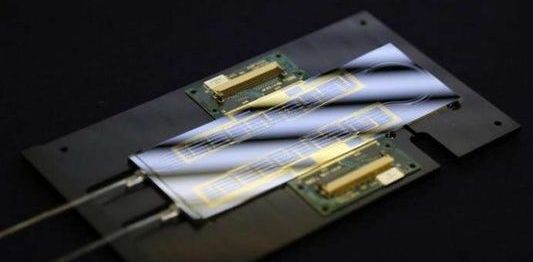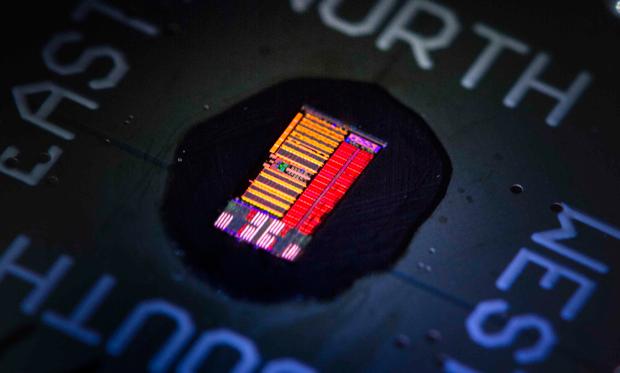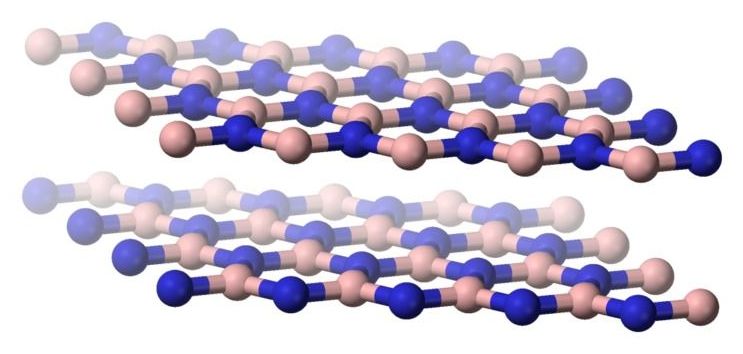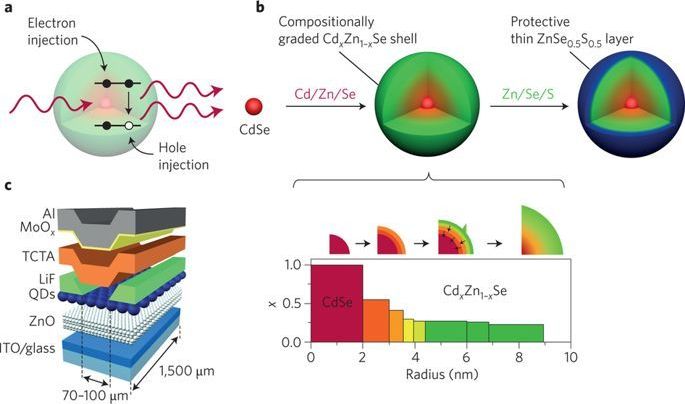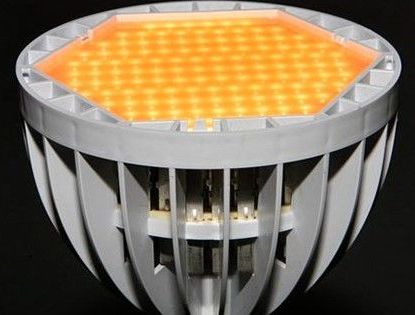The Gordon and Betty Moore Foundation has awarded 13.5 million US dollars (12.6 million euros) to promote the development of a particle accelerator on a microchip. DESY and the University of Hamburg are among the partners involved in this international project, headed by Robert Byer of Stanford University (USA) and Peter Hommelhoff of the University of Erlangen-Nürnberg. Within five years, they hope to produce a working prototype of an “accelerator-on-a-chip”.
Photonic Sentry
Posted in energy, food, government, military
THE PHOTONIC FENCE:
Laser Insect Monitoring and Eradication.
The Photonic Fence is poised to revolutionize response to and monitoring of harmful insect incursions in agriculture, hospitality, government, military and residential pest control markets.
The Photonic Fence monitors insects in flight and eliminates those identified as targets by shooting them down with a micro-burst of laser energy. The Photonic Fence also holds the potential to create entirely new methods of entomological study.
Researchers from the University of Bristol and Nippon Telegraph and Telephone claim to have developed a fully-programmable quantum optical chip able to encode and manipulate photons in an infinite number of ways. This breakthrough may pave the way for true quantum optical computing systems.
Linking Chips With Light
Posted in computing, innovation
Batteries are great, except that they take a long time to charge. When you are dealing with a lot of batteries, you have to have a lot of time to charge them. But what if you could reduce the charging time by adding more batteries? Sounds unreal? Probably, but that is what scientists at the University of Adelaide are going to try to achieve by creating world’s first quantum battery.
Compositional grading of colloidal quantum dots enables electrically driven amplification of light, bringing electrically driven lasers from these materials very close.
LED lights have been working on overcoming two challenges: Generating pleasing light, and being low-cost. QD Vision and Nexxus Lighting have been working together on the first of these. Nexxus made LED lamps with white LEDs, and QD Vision is providing a cover with a coating of specially tuned quantum dots that help make the light-color more pleasing to the eye (mostly by adding some red into the mix, making the final result closer to what people are used to).
Photo: Mark Lennihan
Physicists at the National Institute of Standards and Technology (NIST) and partners have demonstrated an experimental, next-generation atomic clock — ticking at high “optical” frequencies — that is much smaller than usual, made of just three small chips plus supporting electronics and optics.
Described in Optica, the chip-scale clock is based on the vibrations, or “ticks,” of rubidium atoms confined in a tiny glass container, called a vapor cell, on a chip. Two frequency combs on chips act like gears to link the atoms’ high-frequency optical ticks to a lower, widely used microwave frequency that can be used in applications.
The chip-based heart of the new clock requires very little power (just 275 milliwatts) and, with additional technology advances, could potentially be made small enough to be handheld. Chip-scale optical clocks like this could eventually replace traditional oscillators in applications such as navigation systems and telecommunications networks and serve as backup clocks on satellites.


